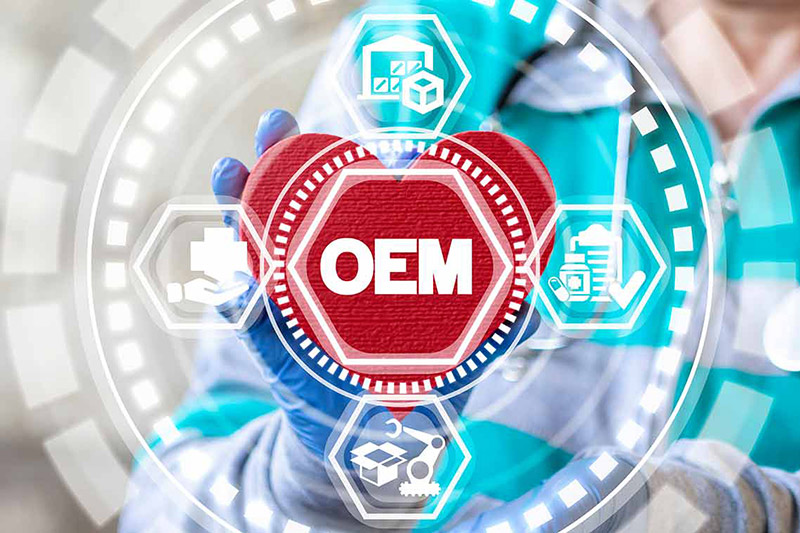
Understanding Evaporative Certification Compliance: A Guide for Industry Professionals
Evaporative certification compliance is a critical aspect of environmental and safety standards within various industries, particularly those dealing with fuel systems and emissions. This process ensures that products, particularly vehicles and equipment, meet stringent regulations designed to minimize harmful evaporative emissions. These emissions, which include volatile organic compounds (VOCs), can significantly impact air quality and public health. Here’s a comprehensive guide to understanding evaporative certification compliance, its importance, and how to achieve it.
What is Evaporative Emissions?
Evaporative emissions refer to the release of vapors from fuel and other volatile substances into the atmosphere. These vapors contribute to the formation of ground-level ozone and smog, posing significant environmental and health risks. In vehicles, for instance, evaporative emissions can occur from the fuel tank, fuel lines, and other components that handle fuel. Regulatory bodies like the Environmental Protection Agency (EPA) in the United States and similar organizations worldwide have set limits on these emissions to protect air quality.
Why is Evaporative Certification Compliance Important?
- Environmental Protection: Evaporative certification ensures that products comply with regulations designed to reduce air pollution. This is crucial for minimizing the environmental impact of industrial activities, especially in reducing the formation of ground-level ozone.
- Health and Safety: Reducing VOCs in the atmosphere helps protect public health by reducing the risk of respiratory issues, heart disease, and other health problems associated with poor air quality.
- Legal Requirements: Non-compliance with evaporative emission standards can result in significant penalties, including fines, product recalls, and bans on product sales. For manufacturers, achieving compliance is not just a legal obligation but also a key component of maintaining market access.
- Brand Reputation: Compliance demonstrates a company’s commitment to environmental responsibility and can enhance brand reputation. Consumers and stakeholders increasingly favor companies that prioritize sustainability and compliance with environmental regulations.
Key Regulations and Standards
Evaporative certification requirements vary by region, but several key standards are recognized globally:
- EPA Evaporative Emission Standards (USA): The EPA has established strict standards for evaporative emissions from vehicles and non-road equipment. These standards cover various aspects, including permeation rates of fuel systems, venting emissions, and refueling emissions.
- CARB Evaporative Emission Standards (California): The California Air Resources Board (CARB) sets even more stringent standards than the federal EPA, particularly for vehicles sold in California, a state known for its rigorous environmental policies.
- UN/ECE Regulations (Europe): The United Nations Economic Commission for Europe (UN/ECE) has developed regulations that set evaporative emission limits for vehicles and engines in Europe, contributing to a harmonized approach across multiple countries.
Achieving Evaporative Certification Compliance
- Design and Engineering: The design phase is crucial for ensuring that products meet evaporative emission standards. This includes selecting materials that resist permeation, designing sealed systems to prevent leaks, and incorporating advanced technologies such as vapor recovery systems.
- Testing and Validation: Products must undergo rigorous testing to measure evaporative emissions. This often involves laboratory testing under various conditions to simulate real-world usage. Key tests include diurnal breathing loss tests, fuel tank permeation tests, and refueling emission tests.
- Documentation and Reporting: Detailed documentation is required to demonstrate compliance with evaporative emission standards. This includes test reports, design specifications, and other relevant data. Regulatory bodies often require this documentation to issue certification.
- Continuous Monitoring and Improvement: Compliance is not a one-time effort. Companies must continuously monitor their products and production processes to ensure ongoing compliance. This includes updating designs to meet new regulations and conducting regular audits.
The Role of Third-Party Testing and Certification
Many companies opt to work with third-party testing and certification organizations to ensure compliance. These organizations provide independent verification that products meet the required standards. They offer expertise in navigating complex regulations and can often streamline the certification process.
Challenges and Future Trends
- Evolving Regulations: As environmental concerns grow, regulations are becoming more stringent. Companies must stay ahead of these changes to maintain compliance.
- Technological Advancements: Advances in materials science and engineering are leading to new solutions for reducing evaporative emissions. Staying current with these technologies is essential for maintaining compliance and competitive advantage.
- Global Market Considerations: For companies operating in multiple regions, navigating the different regulatory requirements can be challenging. Harmonizing compliance efforts across various markets is a key consideration for global companies.
Conclusion
Evaporative certification compliance is essential for protecting the environment, ensuring public health, and maintaining legal and market standards. By understanding the key regulations, implementing robust design and testing practices, and staying ahead of industry trends, companies can successfully achieve and maintain compliance. This not only helps avoid legal pitfalls but also supports a company’s commitment to sustainability and corporate responsibility.
For industry professionals, mastering evaporative certification compliance is not just about meeting current standards but also about anticipating future regulatory changes and being prepared to adapt.
Need help with the voucher process?
Contact us today and let our experts handle the voucher process for you.